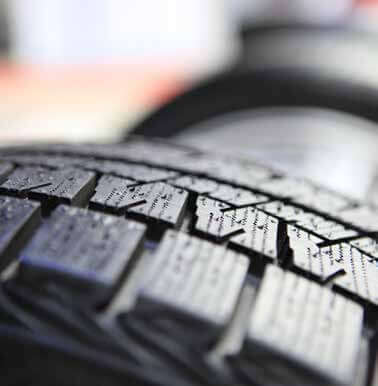Industry projections and the economic trends of 2016 led many to believe that this year would spell the comeback of commercial vehicle sales. However, after the first quarter of 2017 ended, numbers showed an overall decline of approximately 13%.
This troubling and unexpected inversion has left dealers wondering what on earth went wrong.
The stakes are high and dealers are searching for ways to regain their footing after this tumultuous start. But, in order to formulate strategies, we first need to carefully assess how and why this first quarter took such an abrupt downturn.
A Rough Beginning
In hindsight, we can pinpoint a number of factors that contributed to this slump, ranging across economic, political, and technological spheres. Among the economic influences, small commercial vans were largely responsible for bringing the entire curve of commercial sales down. Production of these vehicles ramped up heavily in 2008-2009 during the recession, as they had the significant selling point of being cheaper and more fuelefficient than larger commercial vehicles. However, when the oil industry bottomed out in 2014, oil prices dropped to the point where fuel-efficiency became less of an issue. Business owners saw that larger vehicles afforded more space and provided better overall value. Other fleet owners who may have otherwise been tempted to make the switch to more fuel-efficient vehicles stuck with what they had when gas became affordable. And, although oil prices have risen somewhat since 2014 and there is a predicted upswing in the near future, the fuel-efficiency selling point is still not enough to draw an audience for small commercial vans.
On the political side, the manufacturing and construction industries were ramping up for expansion under the Trump administration, as President Trump proposed a trillion-dollar infrastructure plan during his campaign. However, no legislation on the subject has been passed yet, leaving the industries at a standstill. Since heavy-duty and commercial vehicles are invariably linked to manufacturing and construction, the decline in manufacturing during the first quarter translated into fewer vehicle sales as well.
The price of oil always plays a considerable role in vehicle sales, and 2017 was no exception to this rule. As mentioned above, oil is still feeling the aftermath of the industry collapse of 2014, but it has been on a slow rise. Some analysts are predicting a more substantial boost in prices before the end of the year. This forecasted hike adds to the trepidation of business owners to purchase medium or heavyweight vehicles, fearing a jump in gas prices may make these vehicles too expensive to operate.
Yet another contributor to the commercial vehicle sales decline is the slowdown of replacement sales. Newer vehicles are constantly being innovated with higher quality and longer-lasting parts for better overall lifetime. But this has caused a lag in the market, since vehicles can run for much greater mileage and don’t need to be replaced so frequently.
All of these facets came to a head in 2016, and 2017, contrary to industry optimism, is still feeling these pressure points.
New technologies have improved the life of commercial vehicles, which has led to slower replacement rates – and thus fewer sales.
A Game Plan to End Strong this Year
Yet, despite the factors working against dealers this year, there are many ways to compensate and overcome the issues at hand. First and foremost, attention needs to turn toward driving fixed ops departments.
Focus in on After-sales
Though new vehicle sales may be slow, there is a wealth of opportunity in after-sales departments. Since vehicles now have longer lifespans, more effort needs to be poured into fixed ops to keep these vehicles maintained. Dealer and prepaid maintenance programs are one way to keep after-sales coming to your dealership rather than to a non-certified mechanic. This helps build customer loyalty so that fleet owners will continue to use you not only for service, but for future purchases as well, since they know they’ll receive value both in the product and the upkeep.
Strategic Targeting
Sometimes the best way to make up for a lack of sales quantity is by refocusing your efforts on sales quality. Incorporating predictive modeling and data analysis into your marketing strategies can tell you where you’re likely to find the most sales with the highest lifetime value. Thus, what you lose in the number of sales, you can make up for with less marketing waste and sales that are likely to gain you more in the long run from service and future sales.
Start by tracking all sales and maintenance data to establish trends. Follow geographical data (where your business is coming from), business demographics (which people in which industries are buying from you), and what types of vehicles are coming into heavier demand. This lets you know where, whom, and how to target in the future – making for more effective targeting, less marketing spend, and better quality of sales.
Make Your Marketing Stand Out


Forge Ahead Confidently
Although the market for commercial vehicles has not advanced quite as expected this year, you as a dealership can still make your own advancements. By carefully watching market and economic trends, performing predictive analysis, and shoring up the weaker areas in your dealership, you can stay ahead of the decline and set yourself up for success now and in the future.

